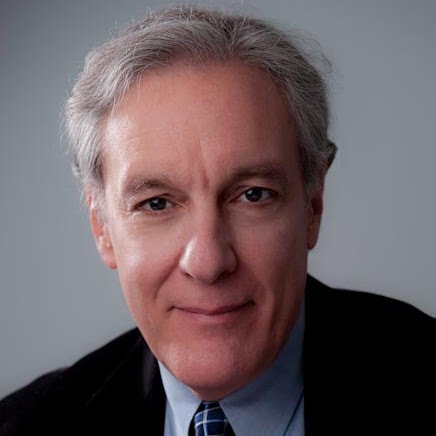After successfully completing initial safety and feasibility trials, Quietmind Foundation, in cooperation with Texas A&M and Baylor Scott & White Research Institute, enrolled 100 adults (50-85) with memory loss for a new innovative clinical study. This study recently completed and published click the link below to download the study findings.
| 1transcranial_near_infrared_light_stimulations_improve_cognition_in_patients_with_dementia.pdf | |
| File Size: | 470 kb |
| File Type: | |
|
About The Clinical Trial
In cooperation with Texas A&M University's Dept. of Neurosurgery, Quietmind Foundation enrolled individuals age 50-85 years experiencing memory problems and who had been independently diagnosed with early to mid-stage dementia to participate in this trial. The study used low-level infrared light stimulation directed to the head. The stimulation sessions were conducted at home, twice daily, for 5 minutes over 60 consecutive days. The trial was randomized, placebo controlled and double blinded. Trial Procedure: Individuals that matched the clinical trial eligibility criteria went through two unique assessments at the start, mid-point, and ending of the trial period.
Participants repeated the EEG and cognitive assessments twice more during the two month trial. |


